Ho Chi Minh Mausoleum
Ho Chi Minh Mausoleum is one of the most historical attractions in Hanoi, knowing for the final resting place and holding the embalmed remains of President Ho Chi Minh, the most iconic and national hero of Vietnam.
Ho Chi Minh Mausoleum is located in Ba Dinh district, nearby Temple of Literature, West Lake, Hanoi Flag Tower, Imperial Citadel of Thang Long.

Ho Chi Minh Mausoleum was built in two years from 1973 to 1975. Ho Chi Minh Mausoleum takes some inspiration from Lenin's in Moscow. The Mausoleum, which was made of marble and granite, features a three-stored structure. In the second store places the famous President’s body, lying as if he were sleeping in the simple clothes worn when he was alive. Above the portico of the mausoleum, the words "Chu tich Ho Chi Minh" (President Ho Chi Minh) can be clearly seen chiseled into the pediment, which is supported by twenty stout granite-covered pillars. The materials that constitute the building, from exterior granite to interior wood, were contributed by people from all over the country. Even the garden that surrounded the Mausoleum has a collection of plants and bonsais donated from all regions in Vietnam. In front of the mausoleum is the 79 cycad trees, symbolizing Uncle Ho’s 79 springs of life.
Besides, Ba Dinh Quare in front of the Mausoleum is a place where President Ho declared the independence of Vietnam on September 2, 1945. The square has 240 patches of grass divided by intersecting concrete pathways; visitors are heavily discouraged from walking on the grass.

Moreover, you can continue to discovery Ho Chi Minh Complex by visiting the nearby Ho Chi Minh Museum, which contains an account of the man's life as told in allegory and his personal effects, and the Presidential Palace, on which grounds Ho Chi Minh lived after taking power (he never really moved in, contenting himself with living in the former electrician's quarters, then in a custom-built stilt house from the 1950s till his death).
See more
-
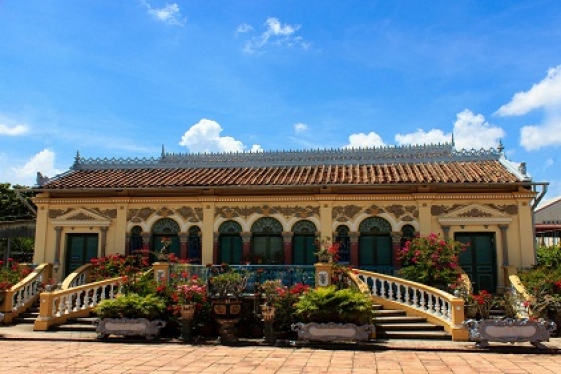
Binh Thuy Ancient House
Binh Thuy ancient house was built 100 years ago and used as a backdrop to many famous films. The house has an unique architect which is the...
-
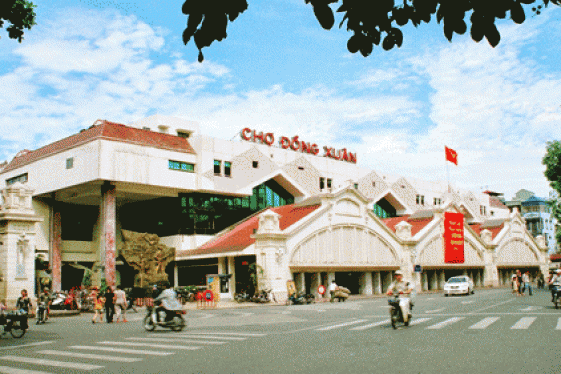
Dong Xuan Market
There are so many interesting things and stunning places in Hanoi that you can enjoy the chance to take a visit to, one of the must – see places in Hanoi that you...
-
.jpg)
Ham Rong mountain
Being shaped like a dragon’s head dimly looming in the thin veil of the early morning, Ham Rong (Dragon Jaw) Mountain that is fine combination of man-made and natural...
-
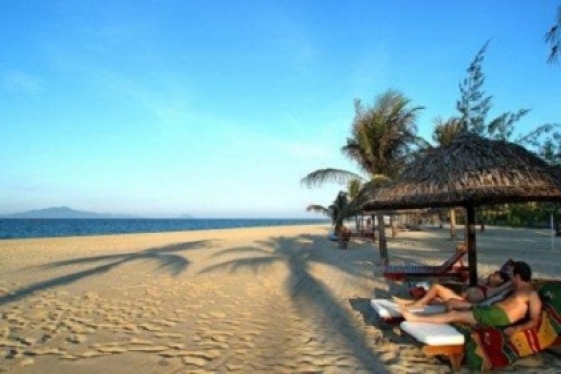
An Bang Beach
An Bang Beach is one of the few stretches of beach in Hoi An that’s relatively unspoiled by development, making it a popular option for soaking up the sun and enjoying...
-
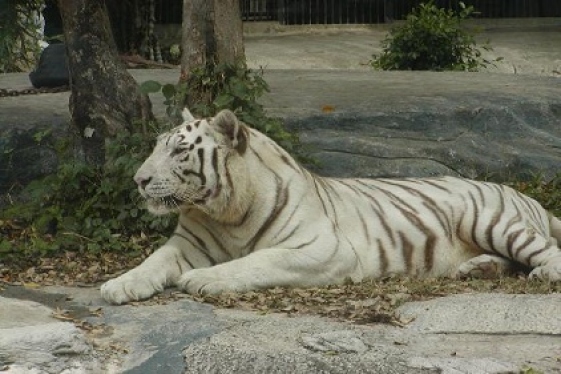
Ho Chi Minh City Zoo & Botanical Gardens
Founded more than 100 years ago, Ho Chi Minh City Zoo and Botanical Gardens (aka Saigon Zoo and Botanical Gardens) are listed as one of the oldest zoos in the world, opened...
-
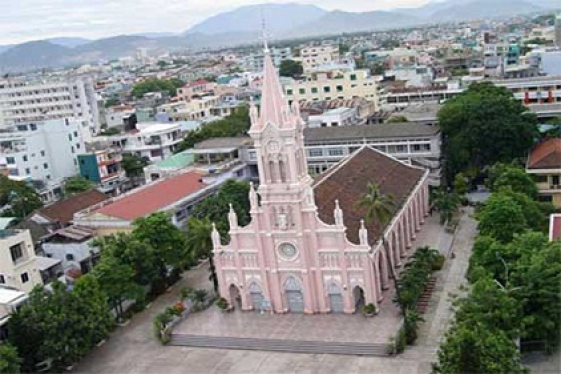
Da Nang Cathedral
Da Nang Cathedral was built by French priest Louis Vallet in 1923, with a pink-painted edifice that earns its reputation as one of the most unique catholic churches in...
-
.jpg)
Hai Van Pass
Hai Van Pass or Sea Clouds Pass offers an impressive landscape of verdant mountains and clear blue skies, overlooking Da Nang City, Tien Sa Port, Son Tra Peninsula, and South...
-
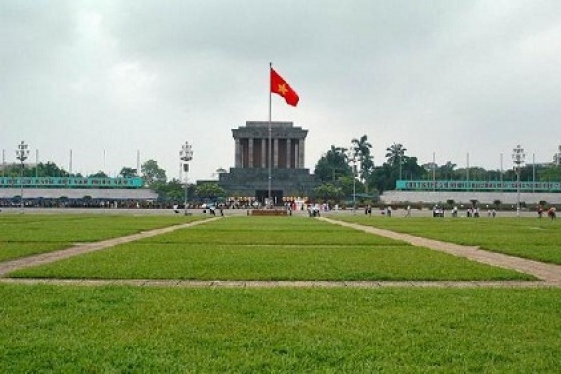
Ba Dinh Square
The square adjacent to the Ho Chi Minh complex is called Ba Dinh square, where many important national historical events in modern history took place.
-
.jpg)
Hue Imperial Citadel
Famously being one of Vietnam’s seven UNESCO World Heritage Sites, the Imperial City of Hue has long been a must-see attraction for tourists visiting a hidden charm of...
-
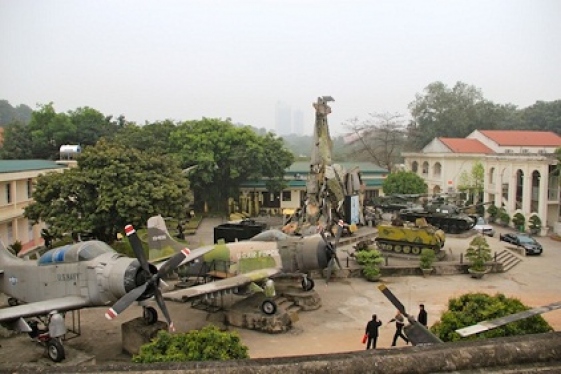
Museum of History of Vietnamese Military
Also popularly known as Military Museum, this is one of the oldest museums in Hanoi.
Destinations
Most popular tours
-
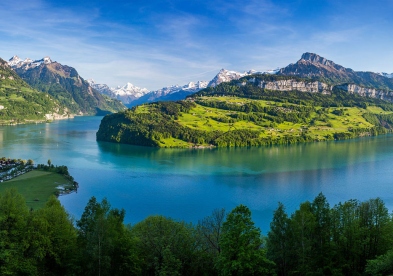
Mountain Whisper
Price from: 1.210 US$
-
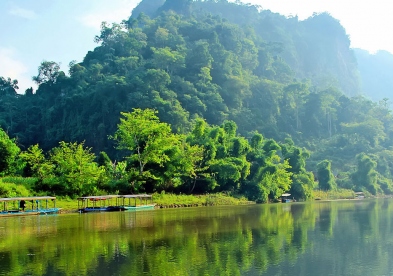
Ba Be Trekking
Price from: 350 US$
-
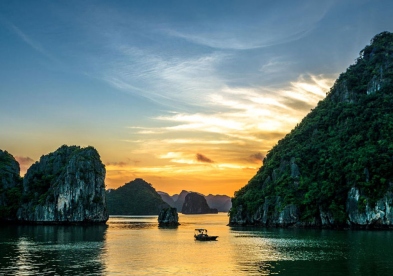
Halong Bay by Helicopter
Price from: Contact
-
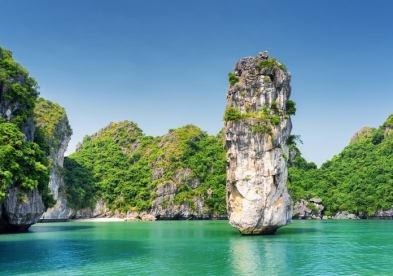
Discovery North of Viet Nam
Price from: 460 US$
Business info
Vietnam Local Guide
- Address: 18th Floor, VTC Online Tower, 18 Tam Trinh Str.,Hai Ba Trung Dist., Hanoi, Vietnam
- Email: info@vietnamguider.com
- Phone: (+84) 0904989890
- Hotline: (+84) 0904989890